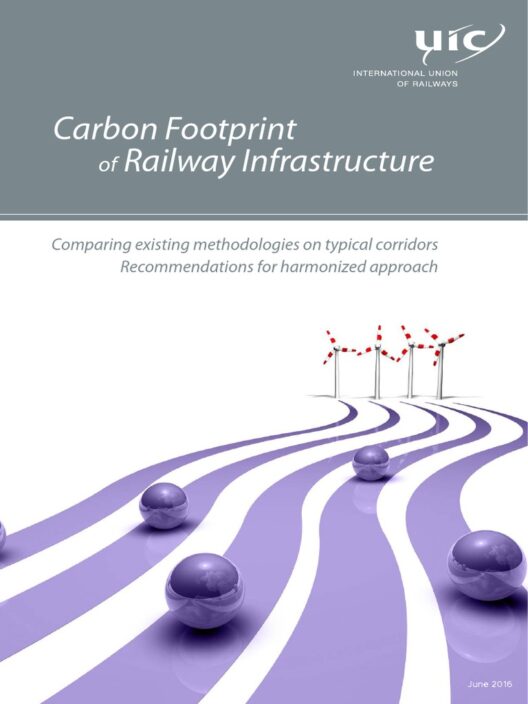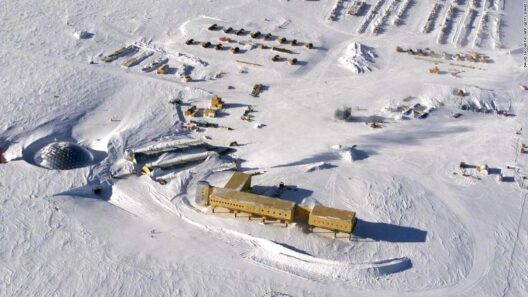Global warming and climate change have emerged as the defining issues of our time. The scientific consensus on the anthropogenic causes of climate change is robust, and debates often revolve around the best strategies for mitigation. A salient question often posed is whether we can effectively combat global warming without addressing the intricate issue of overpopulation. On the surface, it may seem that these two concerns are intertwined, but a deeper examination reveals a more nuanced interplay between environmental degradation and population dynamics.
At first glance, the argument for prioritizing overpopulation in discussions about climate change appears compelling. The sheer number of people on the planet certainly contributes significantly to resource consumption and greenhouse gas emissions. As populations swell, so too does the demand for energy, transportation, food, and water, creating a feedback loop of environmental stress. However, focusing solely on the quantity of people lacks a sophisticated understanding of how consumption patterns vary by region, socio-economic status, and lifestyle choices.
In many developed nations, a relatively small number of individuals consume disproportionately high amounts of resources compared to those in developing countries. For instance, data indicate that the carbon footprints of affluent populations far exceed those in less economically developed areas. Thus, the narrative that overpopulation is the singular culprit is reductive and detracts from a more comprehensive analysis of consumption ethics, equity, and environmental justice.
The crux of the argument against the singular focus on overpopulation posits that it is not merely the number of people that is problematic but rather their collective impact on the environment. This brings forth the concept of a sustainable lifestyle—one that emphasizes efficiency, conservation, and the shift towards renewable energy sources. Societies can adopt policies that incentivize lower consumption behaviors regardless of population size. For example, urban planning that integrates green spaces and promotes public transport can significantly mitigate emissions while enhancing the quality of life.
Moreover, fostering energy efficiency and transitioning to sustainable energy sources can create a tangible pathway for mitigating climate change without necessitating a draconian focus on population control. Innovations in renewable energy technologies have made it increasingly feasible to produce energy with minimal environmental impact. Solar panels, wind turbines, and geothermal energy generation have the potential to drastically reduce reliance on fossil fuels, thus addressing the emissions that drive global warming.
Education plays an essential role in confronting both climate change and population growth. By offering comprehensive education on environmental issues and sustainable practices, including responsible consumption, communities can make informed decisions. Empowering women and fostering gender equality in education and employment has been shown to correlate with declining birth rates. Such initiatives yield dual benefits—promoting equity while simultaneously having a moderating effect on population growth. Therefore, discussions surrounding climate action should incorporate educational initiatives that foster an understanding of sustainability.
It is crucial, too, to acknowledge the role of policy in shaping both population dynamics and environmental outcomes. Legislative frameworks can incentivize lower emissions and promote sustainable practices irrespective of the population scale. Carbon pricing, robust environmental regulations, and widespread investment in green technologies can shift the paradigm toward a more sustainable future. Governments must recognize that environmental policy can drive change in consumption patterns, making large populations less of a liability when accompanied by responsible policies.
Addressing urbanization is another facet of battling global warming that often intersects with conversations on population. Rapid urban growth can exacerbate environmental issues; however, it also presents opportunities for implementing sustainable infrastructure. Smart cities—using IoT technology and data analytics—can optimize resources and minimize waste, showcasing how adaptation to demographic shifts can lead to eco-friendly solutions. Tackling the challenges posed by increasing urban populations should not be framed solely as a problem of overpopulation but rather as a call to innovate towards sustainable living in densely populated areas.
Resistance to the conversation about overpopulation can stem from ethical concerns about human rights and the implications of addressing such issues. Policies aimed at controlling population growth can lead to scenarios where individual freedoms are compromised or marginalized communities are disproportionately affected. Ethical frameworks necessitate careful consideration of rights and personal agency. Societal solutions should be rooted in respect for human dignity rather than coercion, promoting a narrative that embraces sustainable choices and access to family planning resources without infringing on personal liberties.
In conclusion, while overpopulation poses challenges to solving climate change, it should not monopolize discourse on the subject. A multifaceted approach that includes addressing consumption habits, driving efficiency through innovation, and enacting progressive public policy is essential for meaningful climate action. Education and empowerment, especially for marginalized communities, will pave the way for a sustainable future. The complexities of global warming require robust and varied solutions that transcend simplistic narratives about population size. By focusing on consumption, innovation, and equitable policies, we can forge a path forward in our fight against climate change without becoming mired in the singular narrative of overpopulation.








